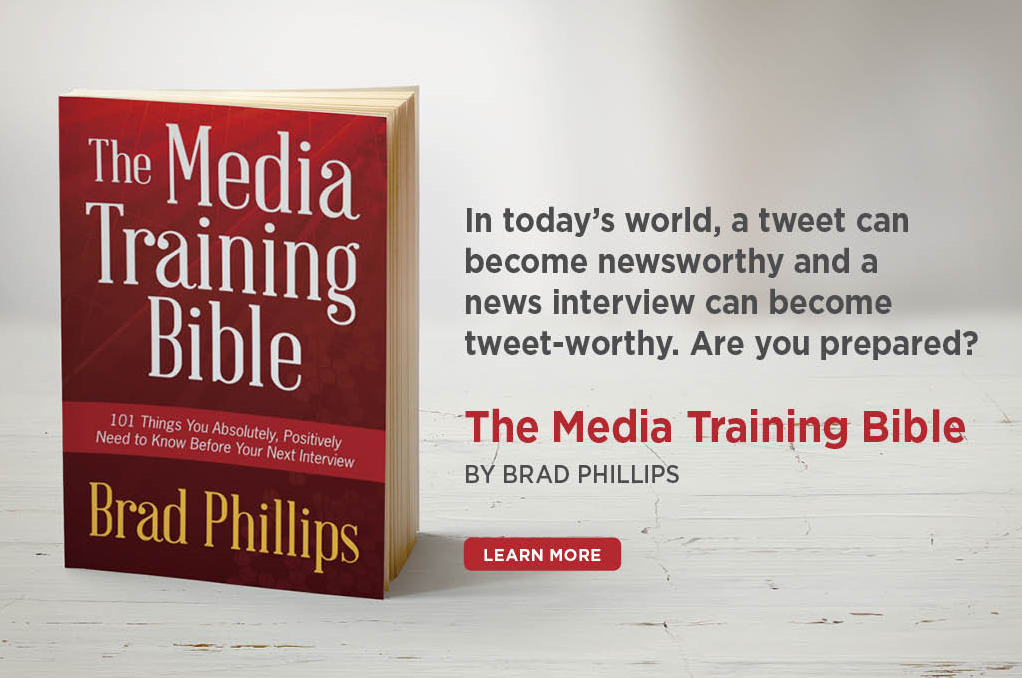The 16 Things Reporters Find Newsworthy
Editor’s note: Three years ago, I published a post containing 11 things that journalists find newsworthy. Since then, many readers have added their thoughts to mine—so today, this list becomes the 16 things reporters consider newsworthy.
If you’ve ever pitched a story idea to a reporter by phone, you know how hard it can be to succeed.
When reporters say “no,” the person pitching them on the other end of the phone often protests, “But this issue is so important!” They’re probably right. But there’s a big difference between what you consider important and what the reporter considers newsworthy.
As an example, more than 35 million people are living with HIV worldwide. That’s an important story. But in the eyes of reporters, that story will be no more important tomorrow than it is today—unless something happens related to HIV today. If physicians discover a new vaccine or a drug company pledges to provide free drugs to one million HIV patients in Africa, the “important” issue will suddenly become “newsworthy.”
As a spokesperson, it’s important for you to understand what reporters consider newsworthy. You can often propel your story from important to newsworthy just by highlighting a different angle.

So take out that story you’re about to pitch and see which of the following 16 elements it has (hopefully it has several). If you’re not prioritizing those elements enough, turn them into your lead!
1. Conflict: Reporters are professional storytellers, and good stories contain conflict. If you disagree with a competitor’s approach, for example, you’re more likely to receive coverage than if you agree.
2. Local: Most news organizations cover a specific geographic range. A newspaper in Iowa may report on a local charity event, but is unlikely to report on a new condo development in Florida (unless a well-known Iowa entrepreneur is the development’s lead investor).
3. Incident: Anything that goes wrong has the potential to become newsworthy, such as an industrial explosion, a car crash, or a school shooting.
4. Extremes or superlatives: Reporters love extremes or superlatives: the first, the last, the best, the worst, the biggest, the smallest. If your story contains one, highlighting it will usually make it more newsworthy.
5. New: It’s no coincidence that the word “news” contains the word “new.” News stories have to answer the question, “why now?” Stories that don’t are considered “old news”—or worse, “no news”—and usually receive little coverage.
6. Clickable: This is a new category, spawned by the popularity of news and entertainment websites such as BuzzFeed and Upworthy. Because they depend upon clicks to draw readers, and thus advertisers, they’re more likely to run your story if it helps them attract a large audience. Think in terms of provocative, highly emotional, and downright weird stories, images, and videos.
7. Timely and Relevant: Timely stories, often about an upcoming event, are often considered newsworthy, as are stories relevant to the news organization’s specialty. An upcoming hearing at your local statehouse about a topic that affects the state’s senior citizens, for example, is a good example—and the story will be of greater interest to a news organization that covers local politics than one that doesn’t.
8. News You Can Use: Reader Fletcher Doyle, a former journalist, recommended this category. He writes: “Tell me something that will help my readers, and tell me how it will help them.” For example, if a local Department of Motor Vehicles introduces a new auto registration process that helps drivers avoid standing in line for two hours, local outlets might be interested in the story.

9. Scandal: The Congressman who hides money in his freezer, the hedge fund manager who rips off his clients, and the music mogul who murders his companion are almost guaranteed to be deemed newsworthy.
10. David vs. Goliath: In many stories, there is a “big guy” and a “little guy.” Since the media often view their role as being the protector of the exploited, the little guy usually receives more sympathetic coverage.
11. Incompetence: The corporate executive, politician, or celebrity who can’t seem to get it right will almost always draw the critical eye of the press.
12. Surprising: Stories with an unexpected hook are candy to reporters. If your study discovers that fried foods have previously undiscovered health benefits, you can bet the media will lavish your work with coverage. That story, incidentally, would also make me very happy.
13. Hypocrisy: Say you’re an anti-gay rights politician who gets caught with a gay lover. Or the president of an animal shelter who’s caught abusing animals. There are few stories as delicious to reporters as powerful people betraying their own publicly-stated positions—and they’re almost guaranteed to remain in the headlines for several days or weeks.
14. Emotion: Reader William Runge added a category he called “heartstrings.” Juliet C. agreed, pointing out that many stories are neither surprising nor new—but that by digging deeper, you can often uncover a story worth telling. For example, imagine you released a new product two years ago. It’s no longer “news”—but if you’ve just learned of someone using the product in an unexpected, potentially life-altering way (e.g. a technology product that unexpectedly helped a hearing impaired child hear for the first time), reporters will eagerly share the news.
15. Milestones: Reader Susan Pepperdine suggested this category, pointing out that “the seven billionth baby on Earth” was newsworthy, but “the baby born just before seven billion and the next one after were not newsworthy.” Some anniversaries are inconsequential—few journalists care that your business just celebrated its 35th anniversary—but others, such as 9/11, will be noteworthy for decades to come.
16. Narrative Extenders: This new category is most often seen in politics. For example, a small political gaffe might not normally receive much attention—unless it’s committed by someone with a long history of committing gaffes. Or perhaps a politician with a bullying streak gives a sarcastic answer to a constituent, confirming the “bully” narrative the media had already established about that person.
What have I missed? Please add your thoughts to the comments section below.
Don’t miss a thing! Click here to instantly join our mailing list and receive the best of the blog twice each month.



Thanks for another useful post Brad. Had a giggle at #12 – if I come across any such research I’ll certainly let you know!
Thank you, Olwen!
And please do let me know if you see any studies showing that fried foods benefit human health. I have a stack of butter I’m eager to put to good use. 🙂
Best,
Brad
Great list, Brad.
Many thanks –
Paul